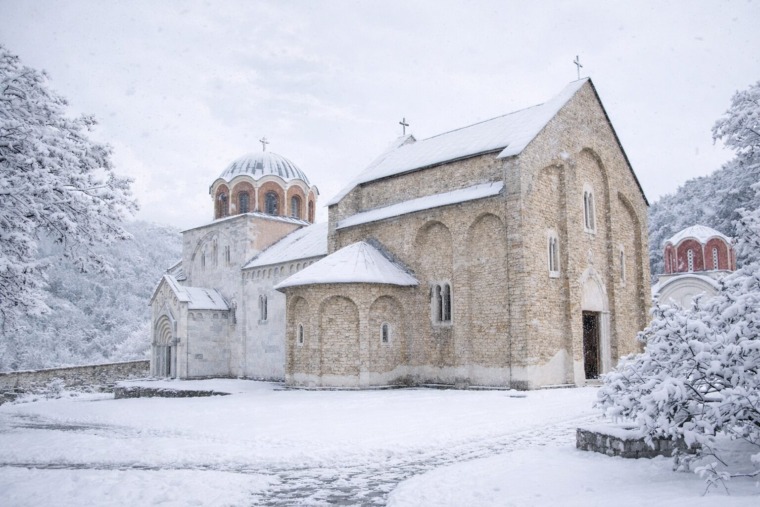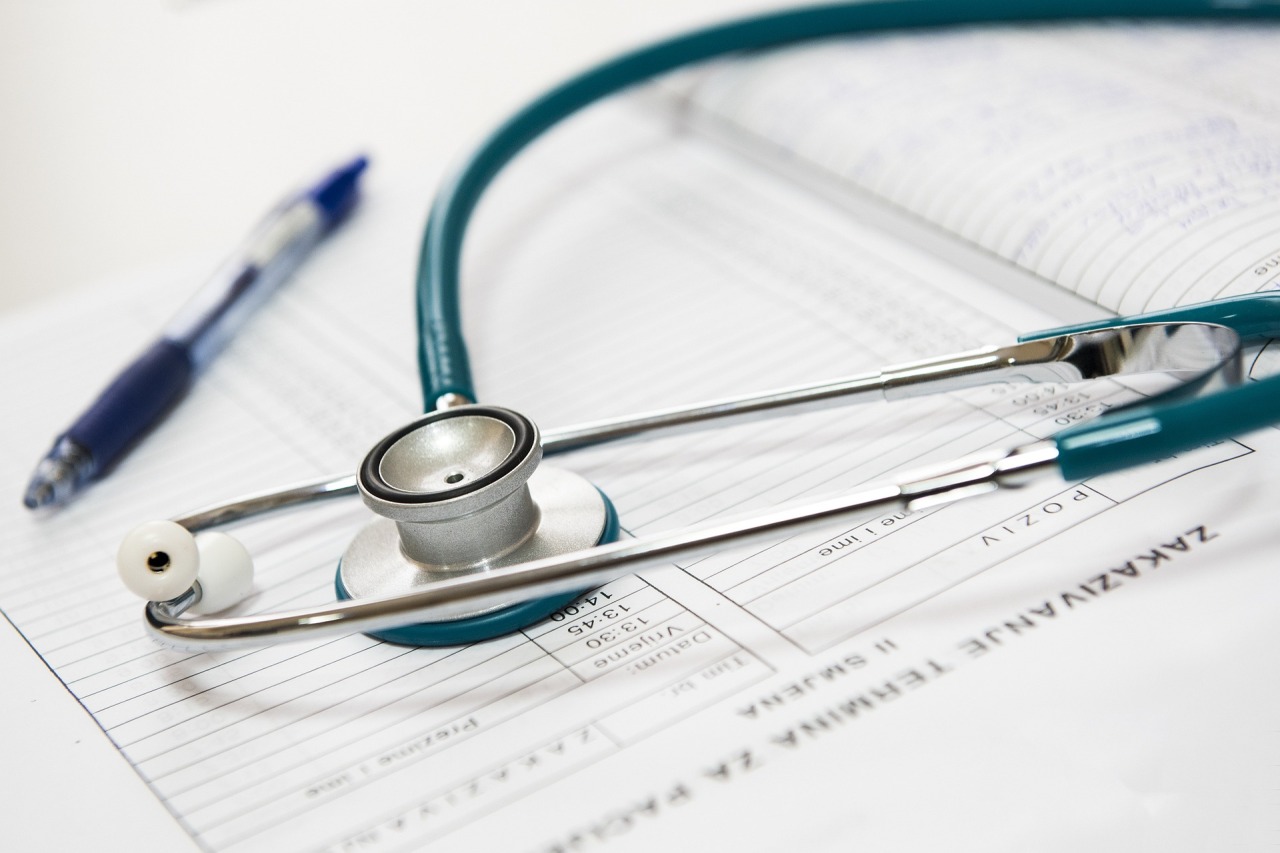

Serbia, nestled in the heart of the Balkans, has become an attractive destination for expats looking for an affordable and culturally rich lifestyle. With its vibrant cities, stunning nature, and welcoming locals, Serbia offers a unique blend of Eastern European charm. One of the key factors drawing expats to Serbia is the relatively low cost of living compared to other European countries.
In this guide, we’ll break down the essential costs that expats can expect when living in Serbia.
1. Accommodation Costs
Housing is often the largest expense for expats, and in Serbia, it’s quite affordable. The cost of rent depends on the city, with Belgrade, the capital, being the most expensive. Here’s a breakdown:
- Belgrade: Renting a one-bedroom apartment in the city center costs between €350-€600 per month. Outside the city center, this can drop to around €250-€400.
- Novi Sad: Serbia’s second-largest city offers more affordable housing, with central apartments ranging from €250-€400, while those on the outskirts can be found for €200-€300.
- Other Cities: Smaller cities such as Niš or Kragujevac are even cheaper, with rents starting at around €150-€250 for central locations.

Buying property is also an option for expats, with average prices per square meter in Belgrade ranging from €1,200 to €2,500, while smaller cities offer much lower rates.
2. Utilities and Internet
The cost of utilities in Serbia is relatively low compared to Western Europe. For a standard apartment, expect to pay around €100-€150 per month for electricity, heating, water, and garbage collection. Internet services are fast and affordable, with most packages offering high-speed fiber-optic connections for around €15-€25 per month.

3. Food and Groceries
One of the perks of living in Serbia is the availability of fresh, local produce at very reasonable prices. Shopping at local markets can significantly reduce your grocery bill, and many expats find themselves enjoying the experience of buying directly from farmers.

- Groceries: A monthly grocery bill for a single person can range between €150-€250, depending on lifestyle and diet.
- Dining Out: Eating out is also affordable. A meal at an inexpensive restaurant costs around €5-€10, while a three-course meal for two at a mid-range restaurant typically costs €30-€50.
4. Transportation
Public transportation in Serbia is both efficient and budget-friendly. Most cities have well-developed bus, tram, and trolleybus systems.
- Public Transport: A monthly pass in Belgrade costs around €25-€30, while in smaller cities like Novi Sad, it’s closer to €20. A single bus or tram ticket is around €0.80.
- Taxis and Ride-Sharing: Taxis are relatively inexpensive, with starting fares around €2 and each additional kilometer costing around €0.60. Ride-sharing services like Bolt and CarGo are also popular and affordable.

For expats who prefer driving, car ownership is also affordable, with fuel prices averaging around €1.50 per liter. However, expats should be aware of the condition of the roads and traffic in larger cities, especially Belgrade.
5. Healthcare
Serbia’s healthcare system is a mix of public and private providers. Expats from the EU can use their European Health Insurance Card (EHIC) for basic services, but private healthcare is more popular among expats due to shorter waiting times and higher standards of care.
- Health Insurance: Many expats opt for private health insurance, which can cost between €50-€150 per month, depending on the coverage.
- Doctor Visits: A consultation with a private doctor ranges from €20-€50, while dental care and other medical services are also reasonably priced.

6. Entertainment and Leisure
Serbia offers a vibrant social scene with a wide variety of entertainment options for all budgets.
- Cinema and Theater: A cinema ticket typically costs around €3-€5, while tickets for local theater productions are around €10-€20.
- Gyms and Fitness: A gym membership can range from €20-€40 per month, depending on the facilities and location.
Expats will also find that Serbia is a great base for travel within the Balkans, with neighboring countries such as Croatia, Montenegro, and Hungary just a short drive or bus ride away.
7. Education for Expats
For expats moving to Serbia with children, education costs are a key consideration. While public schools are free, they are taught in Serbian. Most expats opt for international schools, which are located primarily in Belgrade.
- International Schools: Annual tuition fees range from €5,000 to €20,000, depending on the school and the age of the child.
8. Cost of Living Comparison
To put it into perspective, Serbia’s overall cost of living is significantly lower than that of Western Europe. Compared to cities like Paris or London, expats can expect to live comfortably in Serbia for a fraction of the cost.

- Belgrade: About 40% cheaper than Paris and 50% cheaper than London.
- Novi Sad and Other Cities: Even more affordable, with costs up to 60-70% lower than in major Western cities.
9. Conclusion: Is Serbia Affordable for Expats?
In conclusion, the cost of living in Serbia is highly affordable for expats, particularly those from Western Europe, North America, or Australia. With relatively low housing, food, and transportation costs, expats can enjoy a high quality of life at a fraction of the cost compared to their home countries. Whether you’re looking for a temporary stay or a long-term move, Serbia offers an attractive balance of affordability, culture, and opportunity.
By keeping these costs in mind, expats can plan their move to Serbia with confidence, knowing that the country offers a budget-friendly lifestyle without compromising on the essentials.
Related Articles


From Fireworks to Family Dinners: New Year’s Eve Across Serbia
December 31, 2025
Kuršumlijska Banja: Serbia’s Quiet Winter Spa Escape
December 30, 2025
Novak Đokovic Receives Special Globe Soccer Award in Dubai
December 29, 2025





